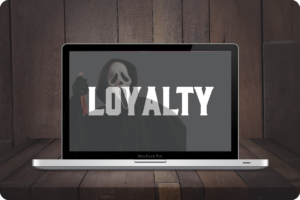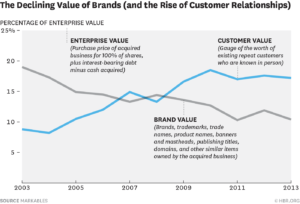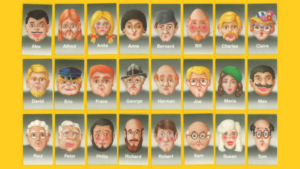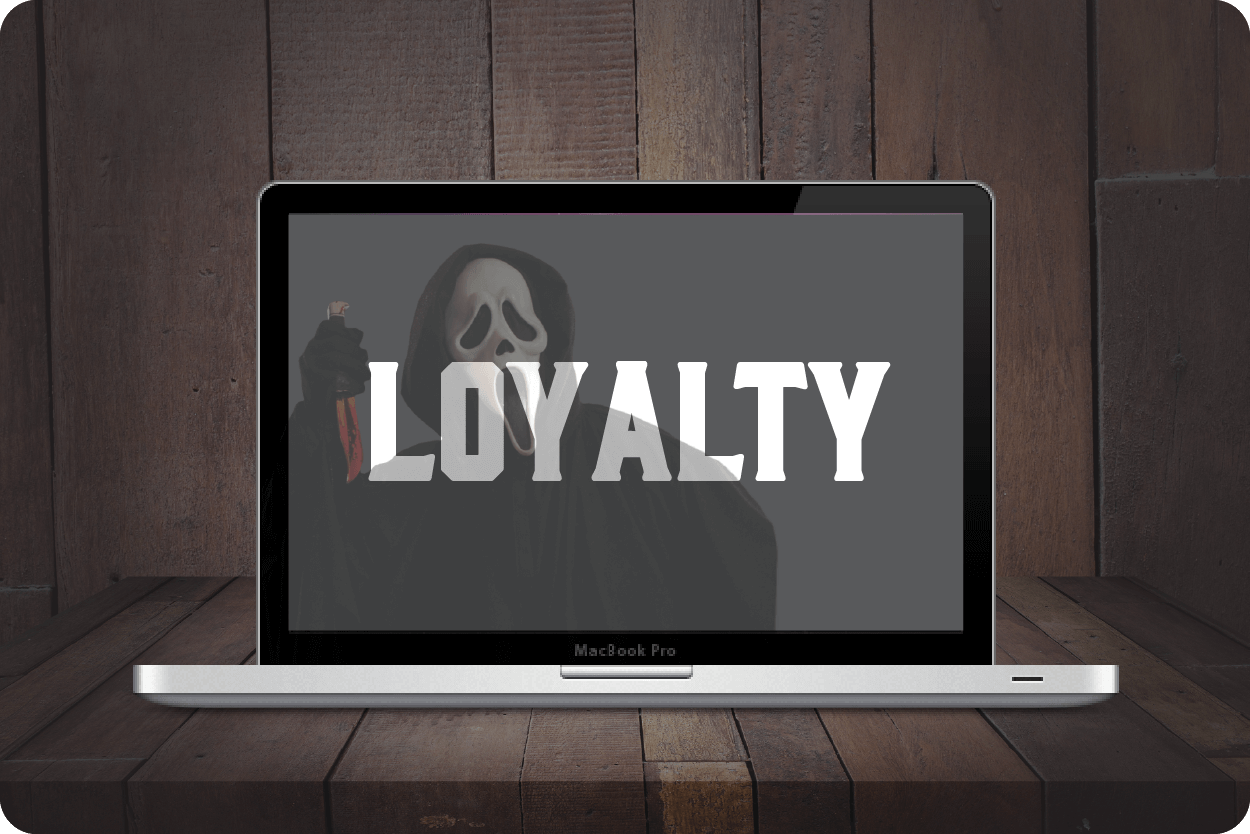
Throughout my blogs you will undoubtedly hear me preach the need for automation across all areas of marketing as well as any operation. Yet, there are negatives to automation.
Look at your inbox right now (I know you won’t but at least imagine it?) How many of your emails are coming from real people? How many emails do you receive that you are emotionally attached to?

Commonly it is a very small percentage. Automated messages (especially in email) are so easy to create and are making it incredibly easy for marketers to reach an enormous amount of prospects in one send.
But at what cost?
Physical cost.. almost nothing. Email still remains one of the most cost effective mediums in marketing…
The cost of loyalty and attachment to a brand is the cost. They are costing companies more and more each year.
Throughout the digital transformation movement we have been looking for ways to automate the processes across all departments. Although in doing so we have also deteriorated the one-on-one relationships that were typically so important to make a sale.
On the plus side, the cost of acquiring customers has dropped but on the negative side, we are seeing the public lose their loyalty for brands more and more each year.

This is because we are no longer aiming to build a relationship, we are looking to push promotions, sales, and nurture campaigns all through automated messaging.
The truth is, every consumer knows what these emails look like, they have become numb to them and they tend to blend together in your inbox. At no point does someone feel like they are special to that brand in a mass email, because they always know that the email was sent to more than just them.
Many emails have attempted to move to plain text to solves this, but truly it is fooling no one, especially when the unsubscribe button is at the bottom.
Anyways, because of this tactic, consumers and businesses do not have the emotional connection with one particular brand, instead they are moving from brand to brand based on whatever variable means the most to them (this is commonly coming down to price).
This does not mean that you your business should shut down your automated messaging or your large email sends (they are most likely generating a positive ROI), but it does mean that you should be looking into initiatives to delight your customers, create one-on-one relationships, and drive emotion.
In a small business with limited resources it can be tough to build this one-on-one relationship effectively, here are a couple:
1. Personalization to the extreme
Every company is dropping in your contact details from a CRM into mass email cadences. These personalizations do wonders for open rates and click rates, but the truth is they nearly do nothing for loyalty.
In order to really build loyalty you need to show information that goes past the conventional informational plug-ins.
This type of information is typically something that you learned from a discussion and that is commonly a personal trait rather than a company trait. Such as; where you went to school, planned or previous vacation spots, etc. by referring back to these non-typical pieces of information, you prove that an individual is listening and a relationship is able to be established.
This can be easily done with just listening to your customers/prospects and maintaining your CRM. If you know your way around marketing automation, it is very easy to put in a workflow. (Automating works if nobody knows)
2. Presents / rewards (action based)
It feels like everyone has a loyalty program these days. Although do they really drive loyalty? I personally believe they only eliminate even competition but not truly create loyalty.
For example, I loved Delta Airlines. Even before being in their reward club, I preferred their service over any other airline. Even though they are giving me perks to fly with them, I am still cost sensitive. I will happily choose Southwest Airlines if they come in at a lower price.
My point here is that when a rewards program offers the sames incentives to everyone, you can strengthen the preference to use the product, but you do not gain die hard loyalty.
Building Die Hard loyalty takes one-on-one behavior. This can be easily done by sending gifts. Not the typically Holiday gifts companies send “Happy holidays from ABC Company” – that’s not personal at all.

Hungry? Here is the link.
Instead sending them gifts for things then never expected. Some of these events could be; hitting milestones that were not disclosed prior, big news that happened to their company (Google alerts can help you with finding those), promotions, etc.
By catching people by surprise with gifts shows them there is a one-on-one relationship and that they are far more than a typical customer.
3. Putting a face to a product
Think about your shopping experience, how often is another human involved. If you say “frequently” then one of us is shopping wrong.
eCommerce and large bx stores have made the customer service part of buying only there when you need it. Is this bad? Not for me. I wear giant head phones when I shop for a reason.
On a negative side, it makes it really tough to build an emotional connection. You never interact with a human, meaning whatever buy is just a product, which can most likely be found in numerous locations (AKA your competitors)
In an eCommerce setting we have noticed a huge growth in chatbots for this reason (seriously did Drift just become a massive company overnight?) But that is not enough.
Look to putting an actual human face to the experience of buying. Even better the same human face!

Through today’s marketing platforms you can assign a customer to a current employee and make that employee the name that sends emails, the face that is on chat, the one that is on a note in a shipment, etc. By building that one-on-one experience, you can drive a feeling of being a partnership, rather than just a product?
Did I miss other ways to get up in peoples’ personal space? Let me know in the comments below!
Let’s establish this one-on-one relationship
Starting with your email.
[mc4wp_form id=”428″]




